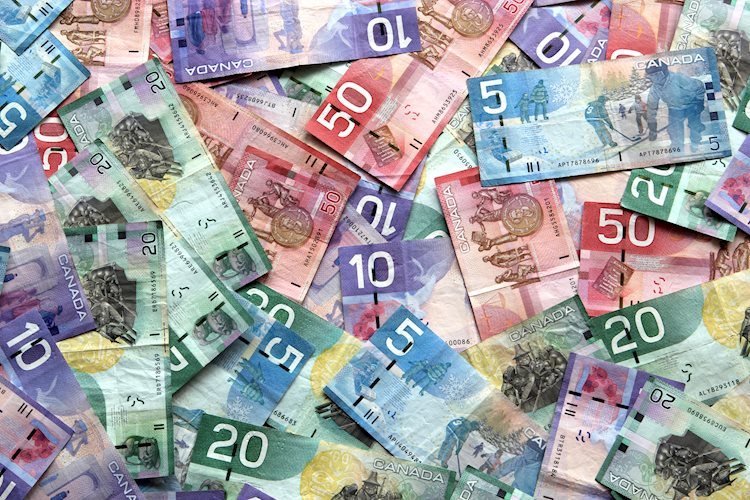- USD/CAD trades with a mild positive bias around 1.4360 in Wednesday’s early Asian session.
- Stronger US economic data and the Fed’s cautious stance underpin the US Dollar.
- Trudeau intended to step down from the leader of Canada’s ruling Liberal Party once a new party leader is chosen.
The USD/CAD pair posts modest gains near 1.4360 during the early Asian session on Wednesday. Investors digest the announcement that Canadian Prime Minister Justin Trudeau would resign and await fresh catalysts about the severity of expected US trade tariffs. Later on Wednesday, the Minutes of the Federal Open Market Committee (FOMC) will take center stage.
The US economic data released on Tuesday showed a generally stable jobs market and a robust services sector. The reports might convince the US Federal Reserve (Fed) to slow the pace of its current rate-cutting cycle, which provides some support to the Greenback.
Furthermore, the cautious stance of the Fed officials might contribute to the USD’s upside. On Tuesday, Atlanta Fed President Raphael Bostic said that the policymakers should be cautious with policy decisions given uneven progress on lowering inflation and err on the side of keeping interest rates elevated to achieve their price stability target. The markets have priced in nearly a 93.5% possibility that the Fed will hold rate steady this month, according to the CME FedWatch tool.
Canadian Prime Minister Justin Trudeau announced his resignation on Monday, saying he intended to step down from the leader of Canada’s ruling Liberal Party once a new party leader is chosen. A Canadian election may take place in the spring and must be held on October 20, with polls indicating that the opposition Conservatives will win. “A change in leadership in Canada is not a long-term negative for the loonie,” said Amo Sahota, executive director of Klarity FX in San Francisco.
Canadian Dollar FAQs
The key factors driving the Canadian Dollar (CAD) are the level of interest rates set by the Bank of Canada (BoC), the price of Oil, Canada’s largest export, the health of its economy, inflation and the Trade Balance, which is the difference between the value of Canada’s exports versus its imports. Other factors include market sentiment – whether investors are taking on more risky assets (risk-on) or seeking safe-havens (risk-off) – with risk-on being CAD-positive. As its largest trading partner, the health of the US economy is also a key factor influencing the Canadian Dollar.
The Bank of Canada (BoC) has a significant influence on the Canadian Dollar by setting the level of interest rates that banks can lend to one another. This influences the level of interest rates for everyone. The main goal of the BoC is to maintain inflation at 1-3% by adjusting interest rates up or down. Relatively higher interest rates tend to be positive for the CAD. The Bank of Canada can also use quantitative easing and tightening to influence credit conditions, with the former CAD-negative and the latter CAD-positive.
The price of Oil is a key factor impacting the value of the Canadian Dollar. Petroleum is Canada’s biggest export, so Oil price tends to have an immediate impact on the CAD value. Generally, if Oil price rises CAD also goes up, as aggregate demand for the currency increases. The opposite is the case if the price of Oil falls. Higher Oil prices also tend to result in a greater likelihood of a positive Trade Balance, which is also supportive of the CAD.
While inflation had always traditionally been thought of as a negative factor for a currency since it lowers the value of money, the opposite has actually been the case in modern times with the relaxation of cross-border capital controls. Higher inflation tends to lead central banks to put up interest rates which attracts more capital inflows from global investors seeking a lucrative place to keep their money. This increases demand for the local currency, which in Canada’s case is the Canadian Dollar.
Macroeconomic data releases gauge the health of the economy and can have an impact on the Canadian Dollar. Indicators such as GDP, Manufacturing and Services PMIs, employment, and consumer sentiment surveys can all influence the direction of the CAD. A strong economy is good for the Canadian Dollar. Not only does it attract more foreign investment but it may encourage the Bank of Canada to put up interest rates, leading to a stronger currency. If economic data is weak, however, the CAD is likely to fall.
Read the full article here


